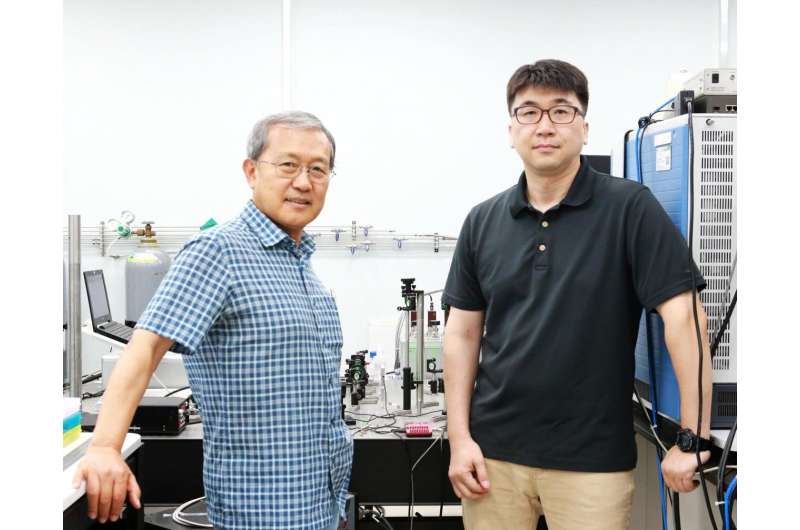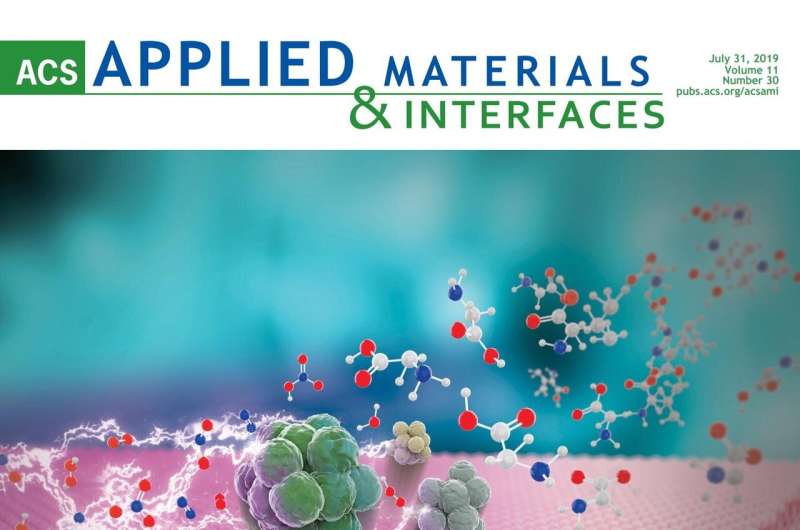Development of simplified new mass spectrometric technique using laser and graphene

A technology that can obtain high-resolution, micrometer-sized images for mass spectrometric analysis without sample preparation has been developed. DGIST Research Fellow Jae Young Kim and Chair-professor Dae Won Moon's team succeeded in developing the precise analysis and micrometer-sized imaging of bio samples using a small and inexpensive laser.
DGIST announced that Research Fellow Jae Young Kim in the Department of Robotics Engineering and Chair-professor Dae Won Moon's team developed a technology that can analyze experiment samples without any preparation processing. Due to its ability to obtain high-resolution mass spectrometric images without an experimental environment using a 'continuous wave laser,' the technology is expected to be applied widely in medicine and medical diagnosis fields.
Many advance preparations are needed for the mass spectrometric imaging of biometric samples using 'specimen,' which involves thinly cutting sample prior to analysis. The specimen must be prepared artificially since it cannot be analyzed accurately at normal room temperature or atmospheric pressure. To develop a convenient analysis technology and ease this burden, Research Fellow Kim began his research.
The research team installed a lens carrying a continuous wave laser right below a microscope substrate where specimen is mounted and focused the laser on it to measure mass spectra by examining molecules by desorption.

The mass spectra can be analyzed through a continuous wave laser whose energy is weaker than other lasers because of the use of a 'graphene substrate' under the specimen.
Since the honeycomb-patterned graphene has very high heat conductivity and can convert light into heat, it can secure enough heat needed for specimen analysis with the small amount of light generated by the continuous wave laser. This technology is also advantageous for obtaining high-resolution analysis images, because it leaves space to observe the specimen much more closely even when using a 20x magnifying lens.
Chair-professor Dae Won Moon in the Department of New Biology explained that "Through this technology, we could greatly shorten the preparation time for analysis by omitting the specimen preprocessing step. Our next plan is to develop the technology further so it can be applied in various areas such as medical diagnosis."
More information: Jae Young Kim et al, Graphene-Coated Glass Substrate for Continuous Wave Laser Desorption and Atmospheric Pressure Mass Spectrometric Imaging of a Live Hippocampal Tissue, ACS Applied Materials & Interfaces (2019). DOI: 10.1021/acsami.9b02620
Journal information: ACS Applied Materials and Interfaces
Provided by DGIST (Daegu Gyeongbuk Institute of Science and Technology)





















